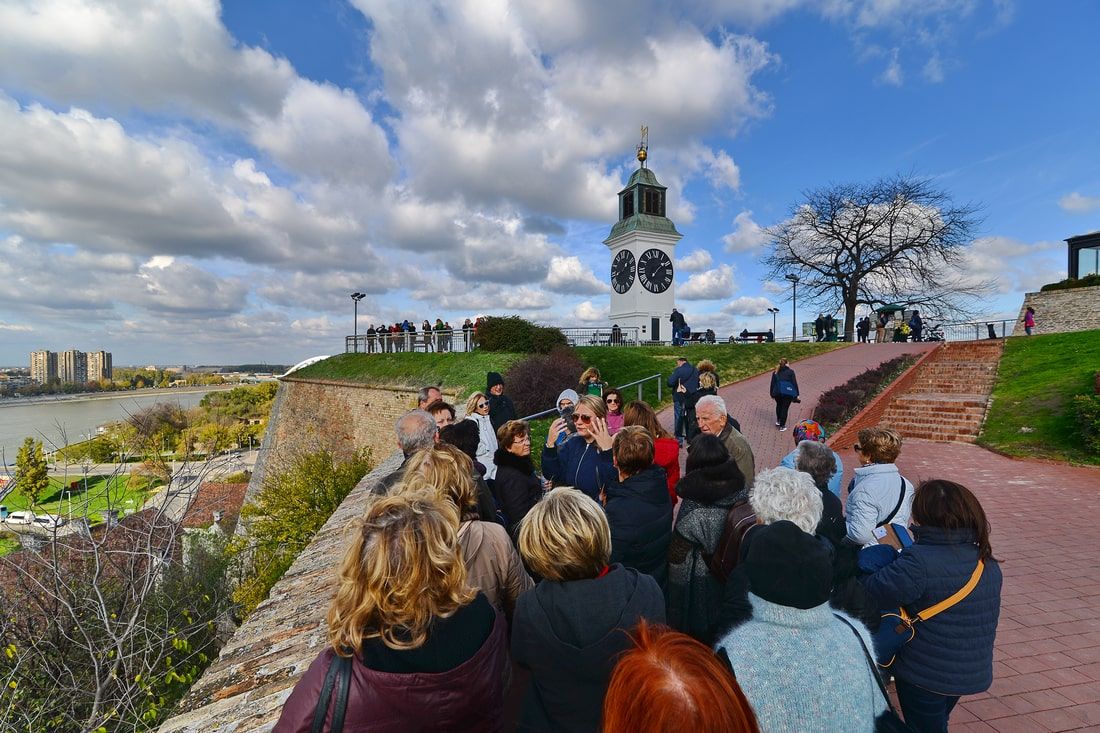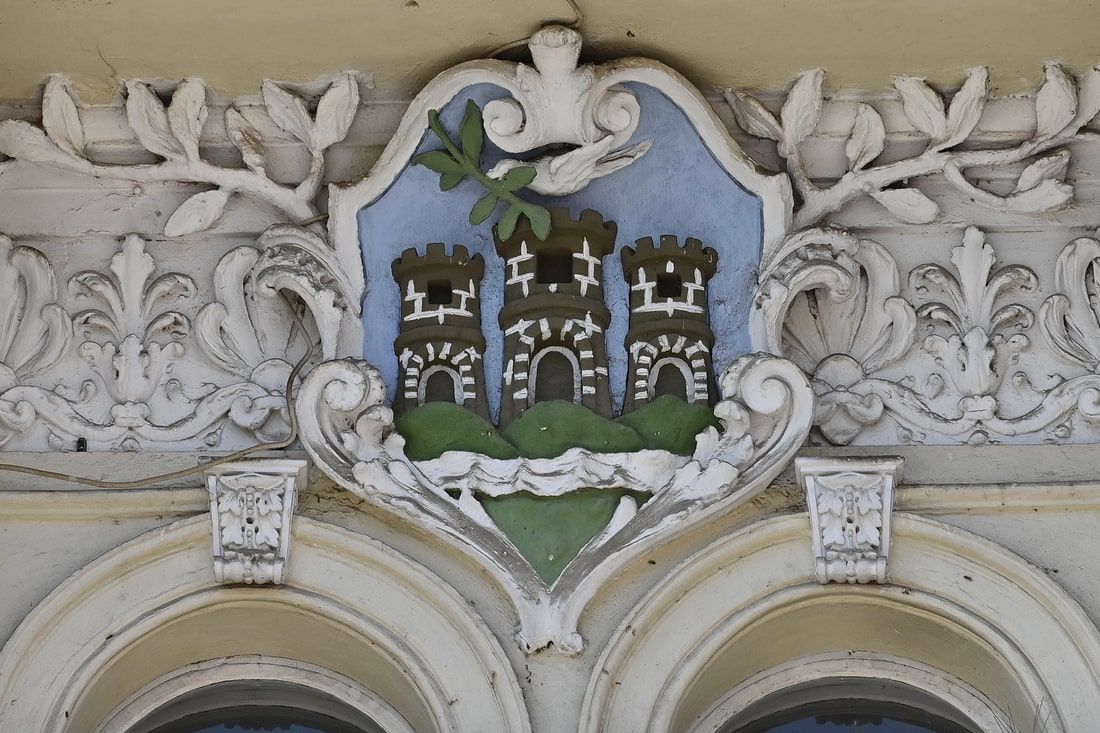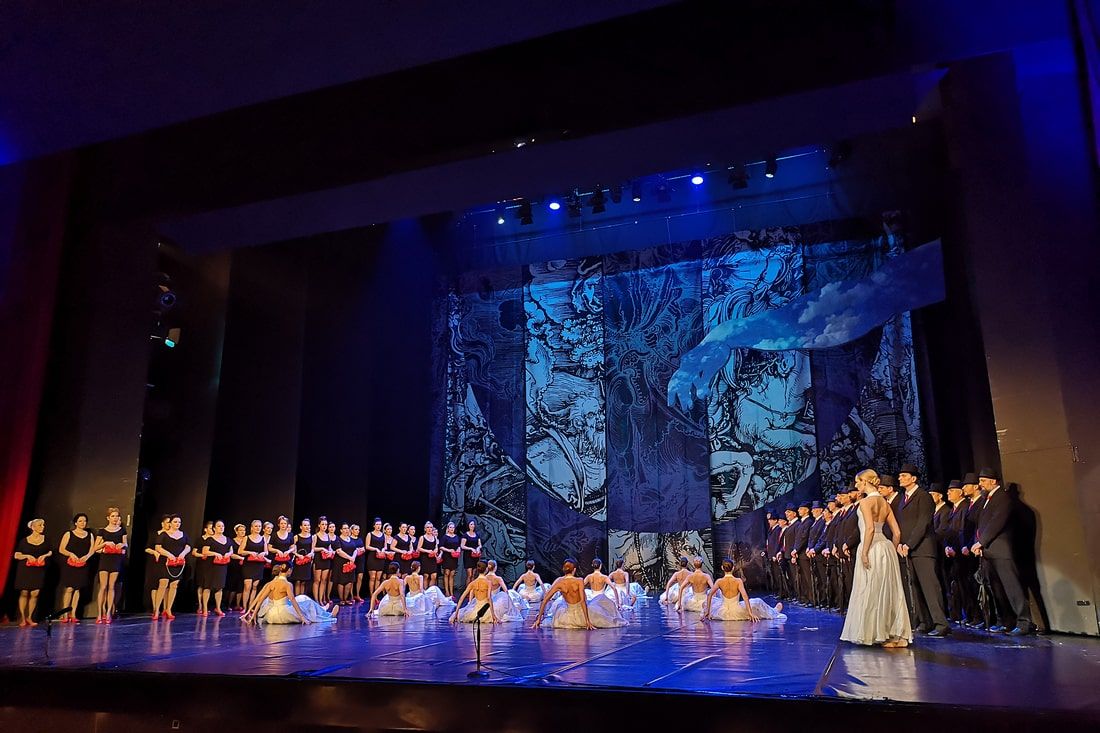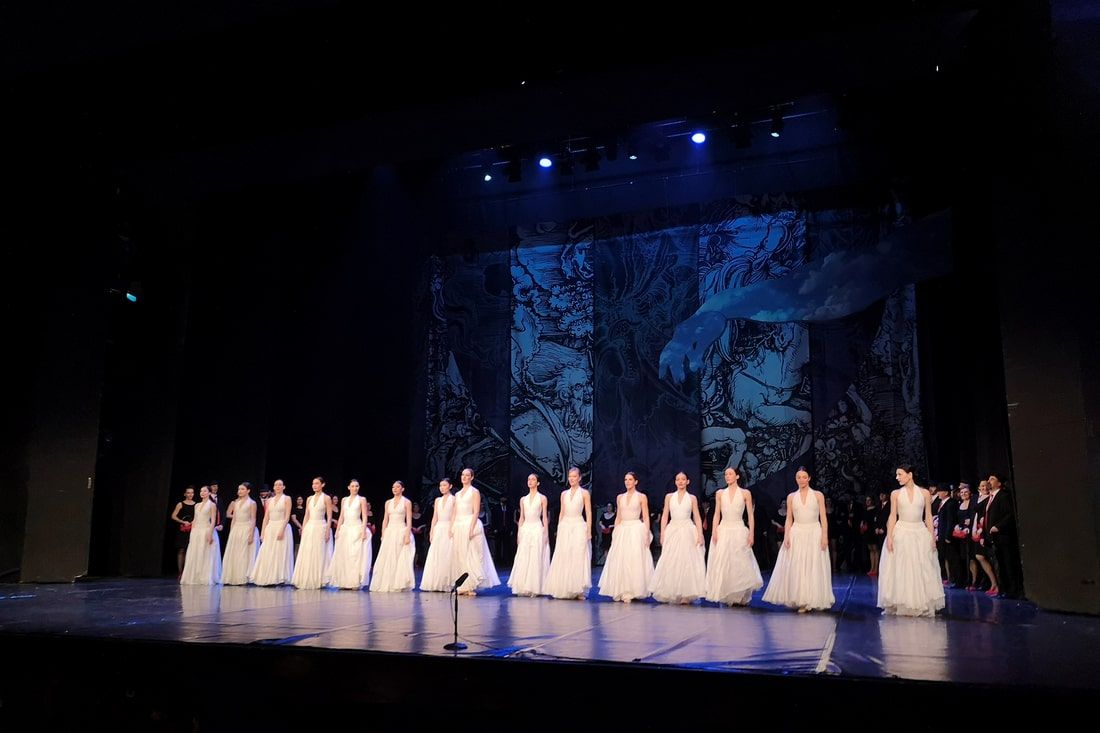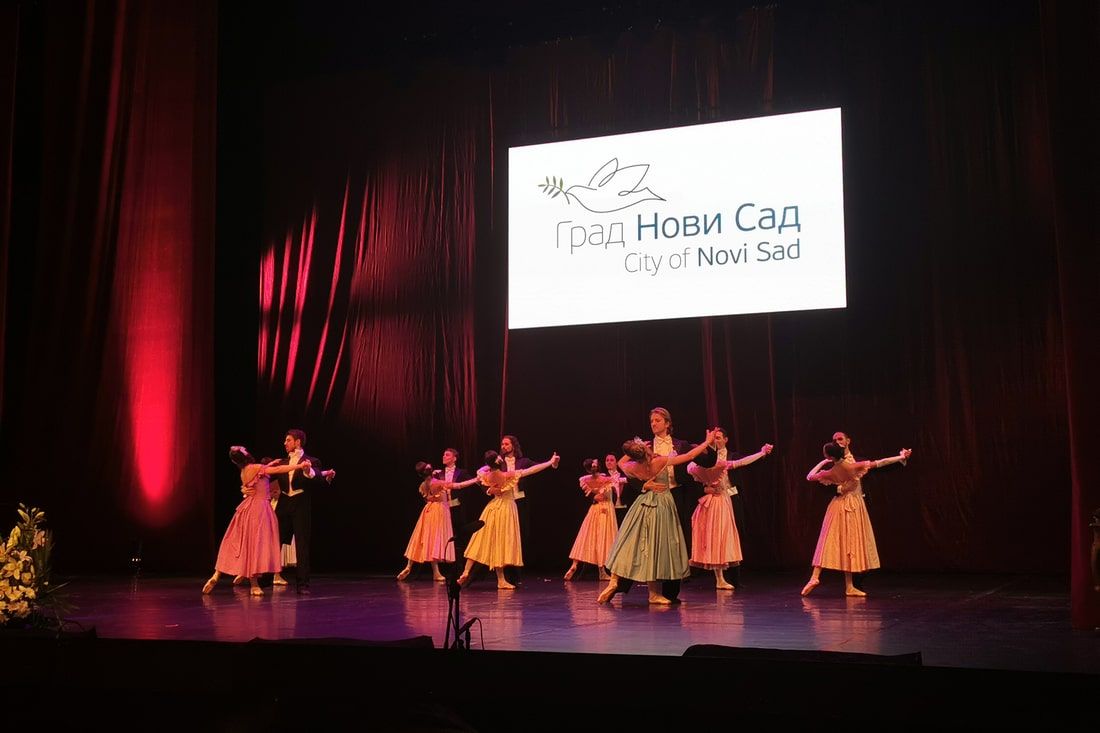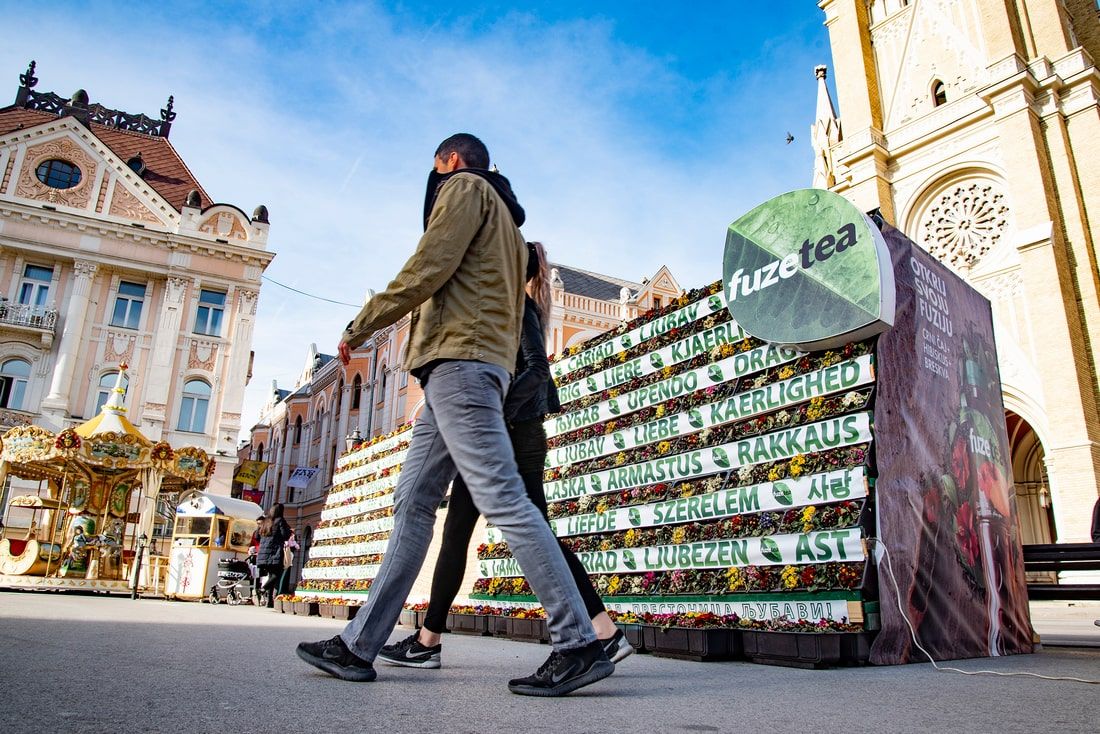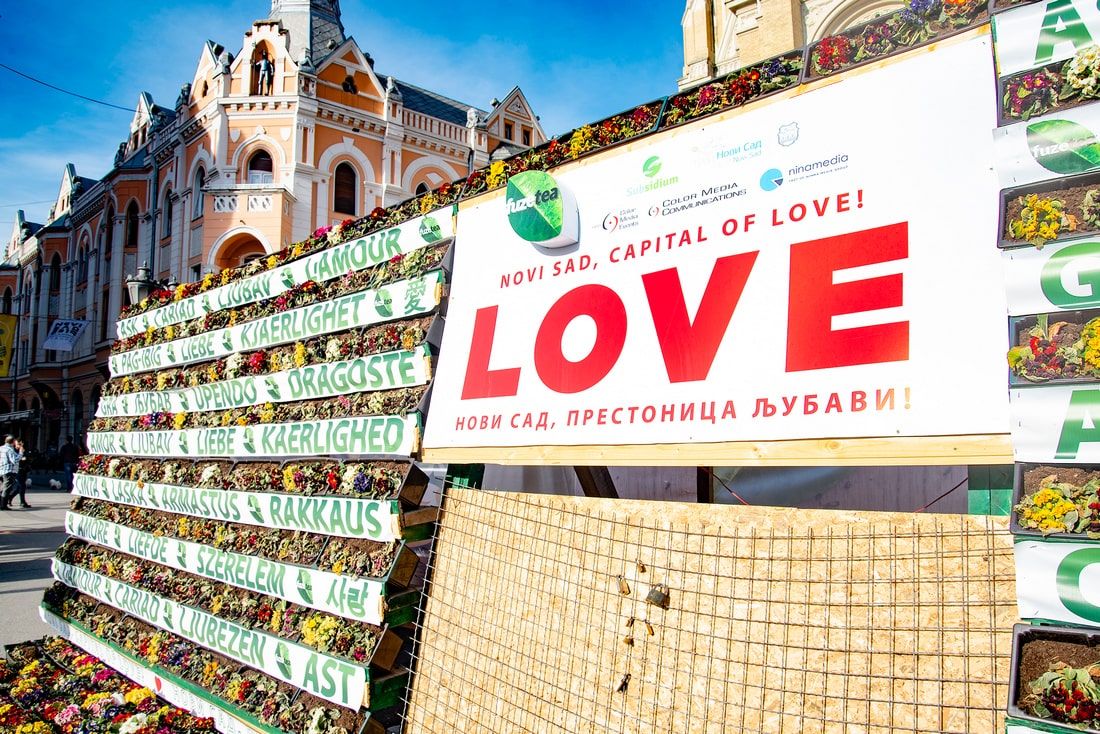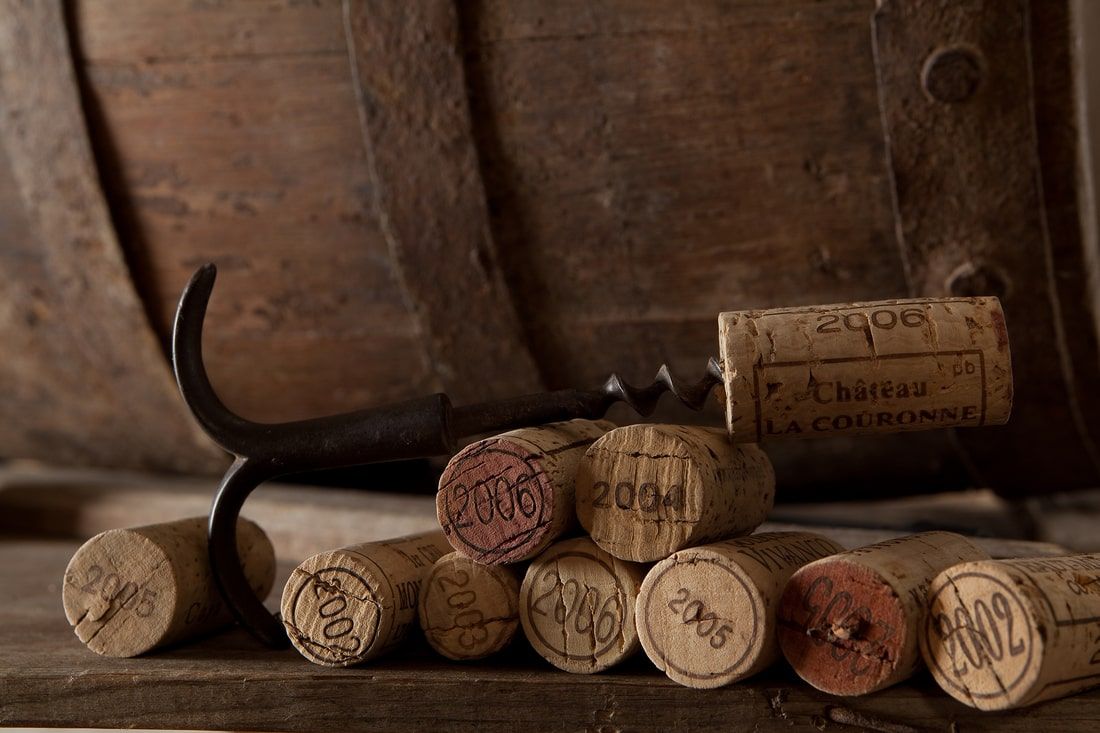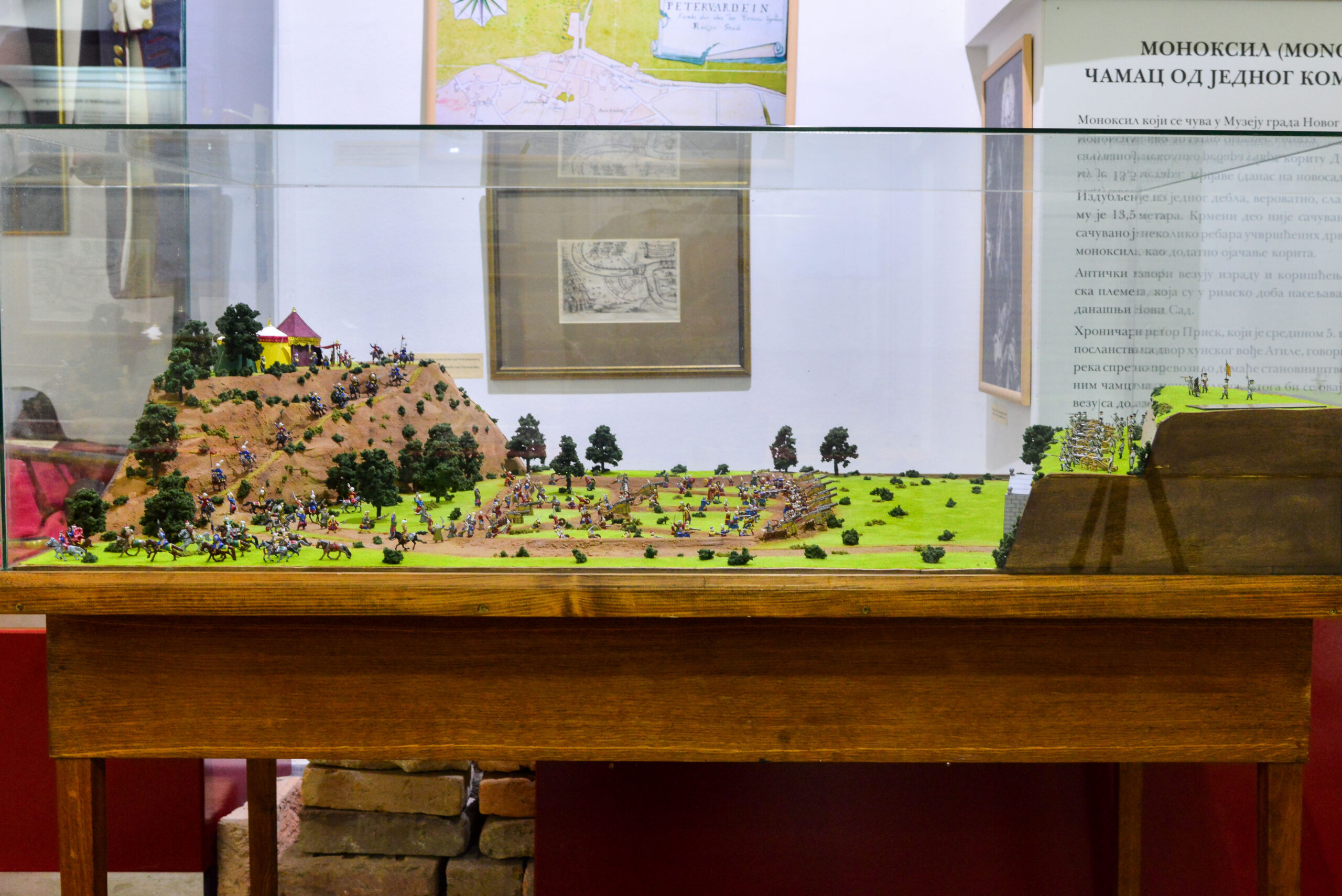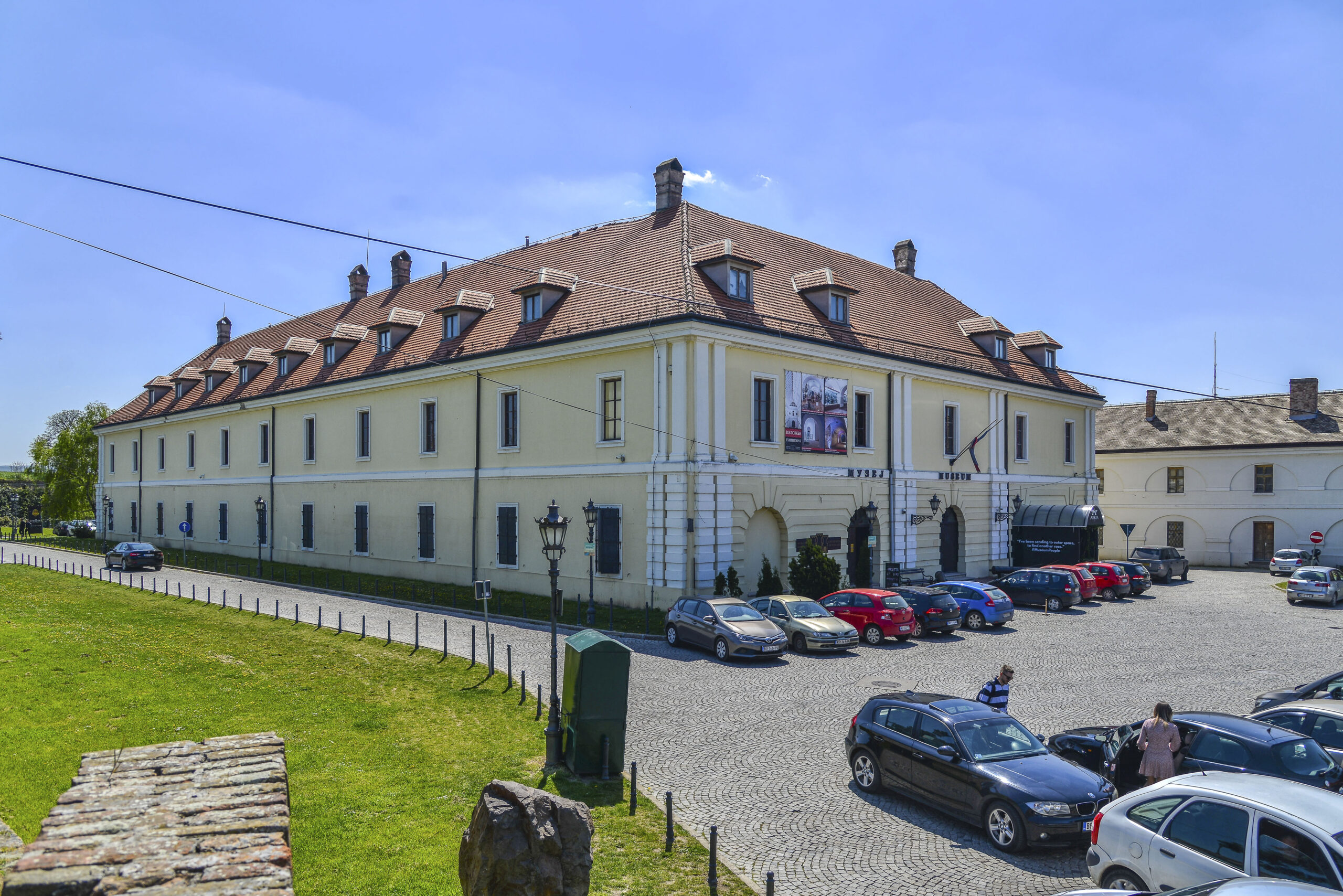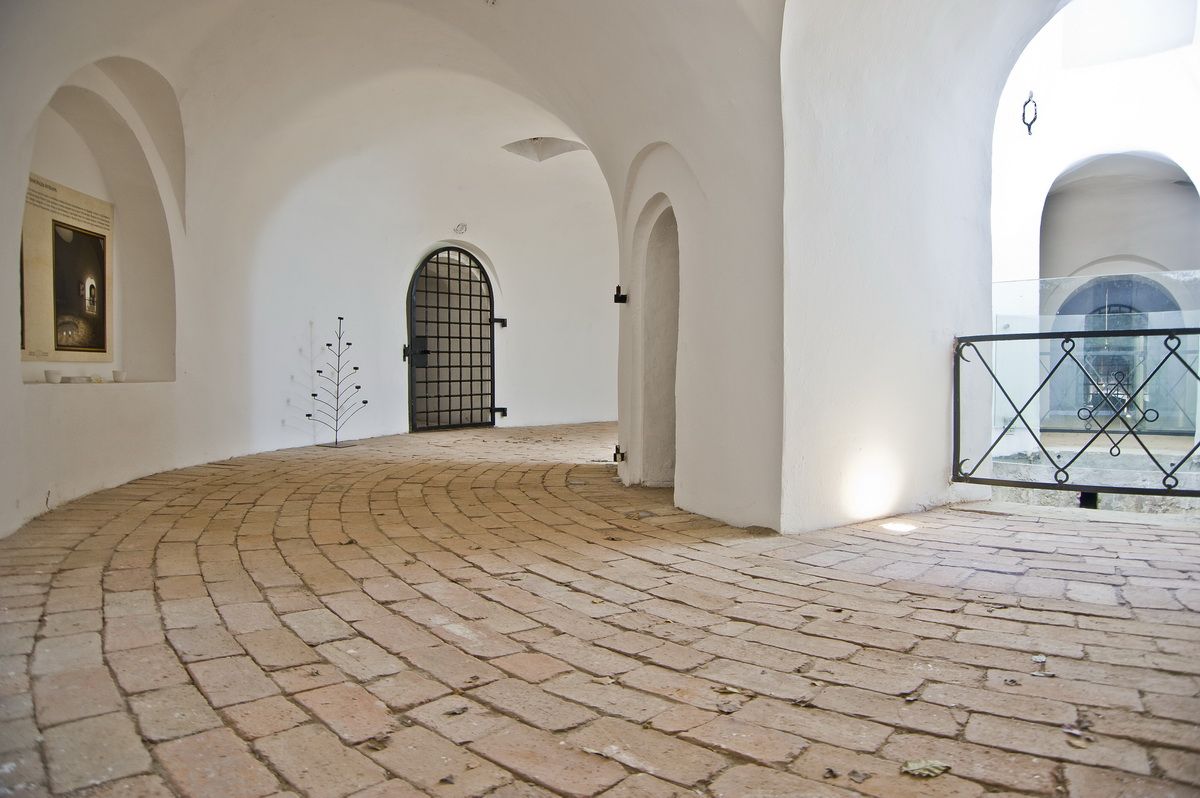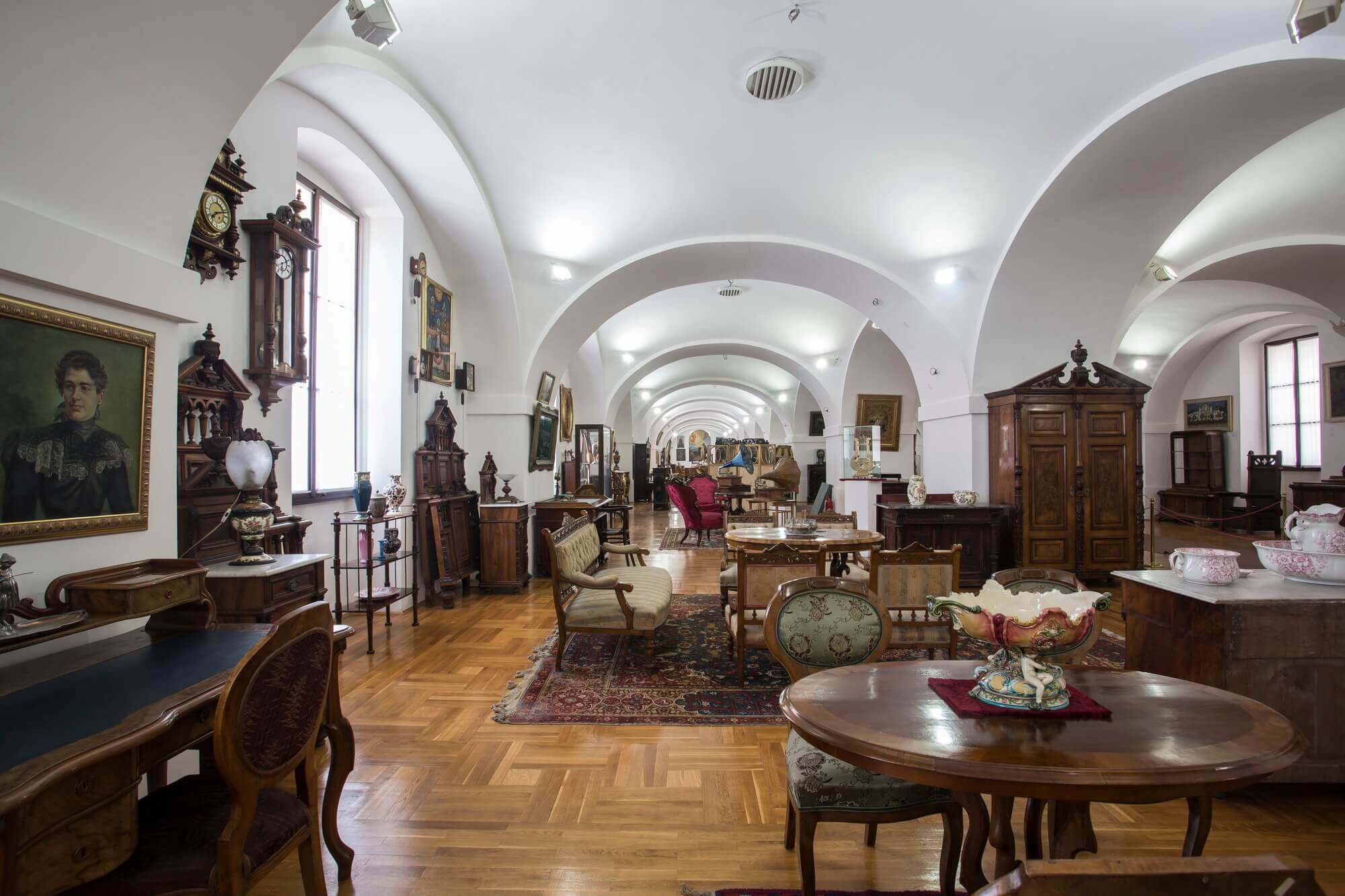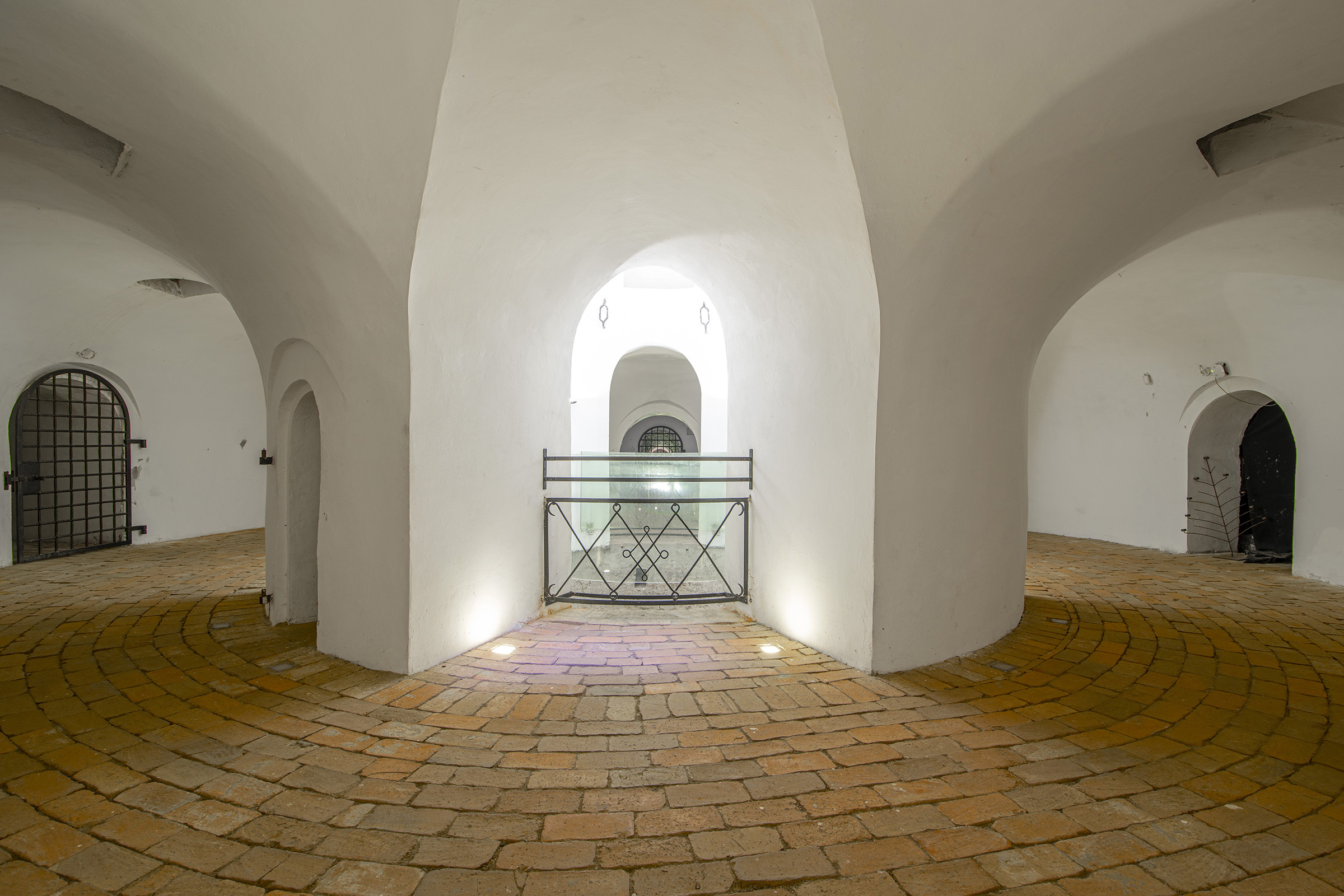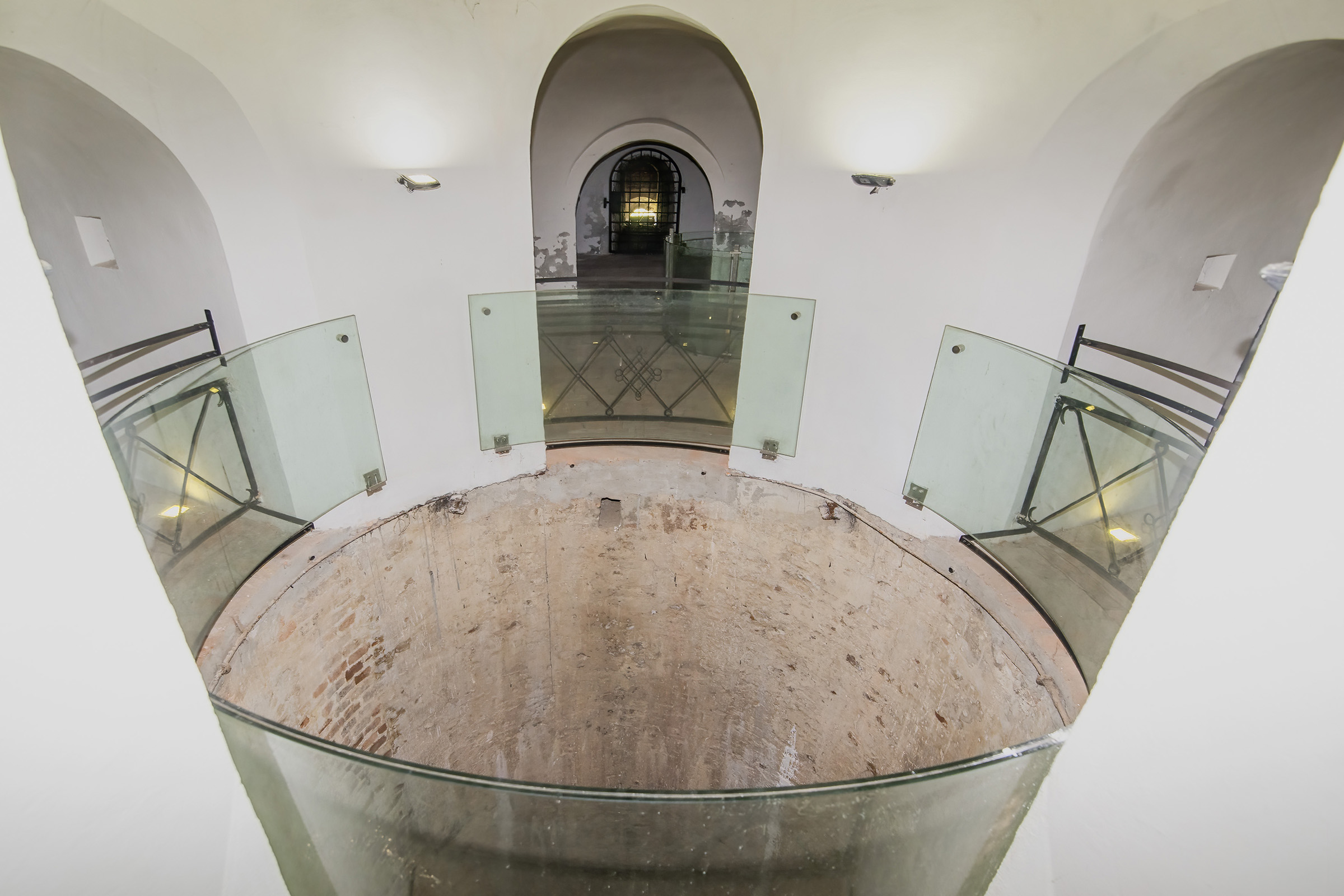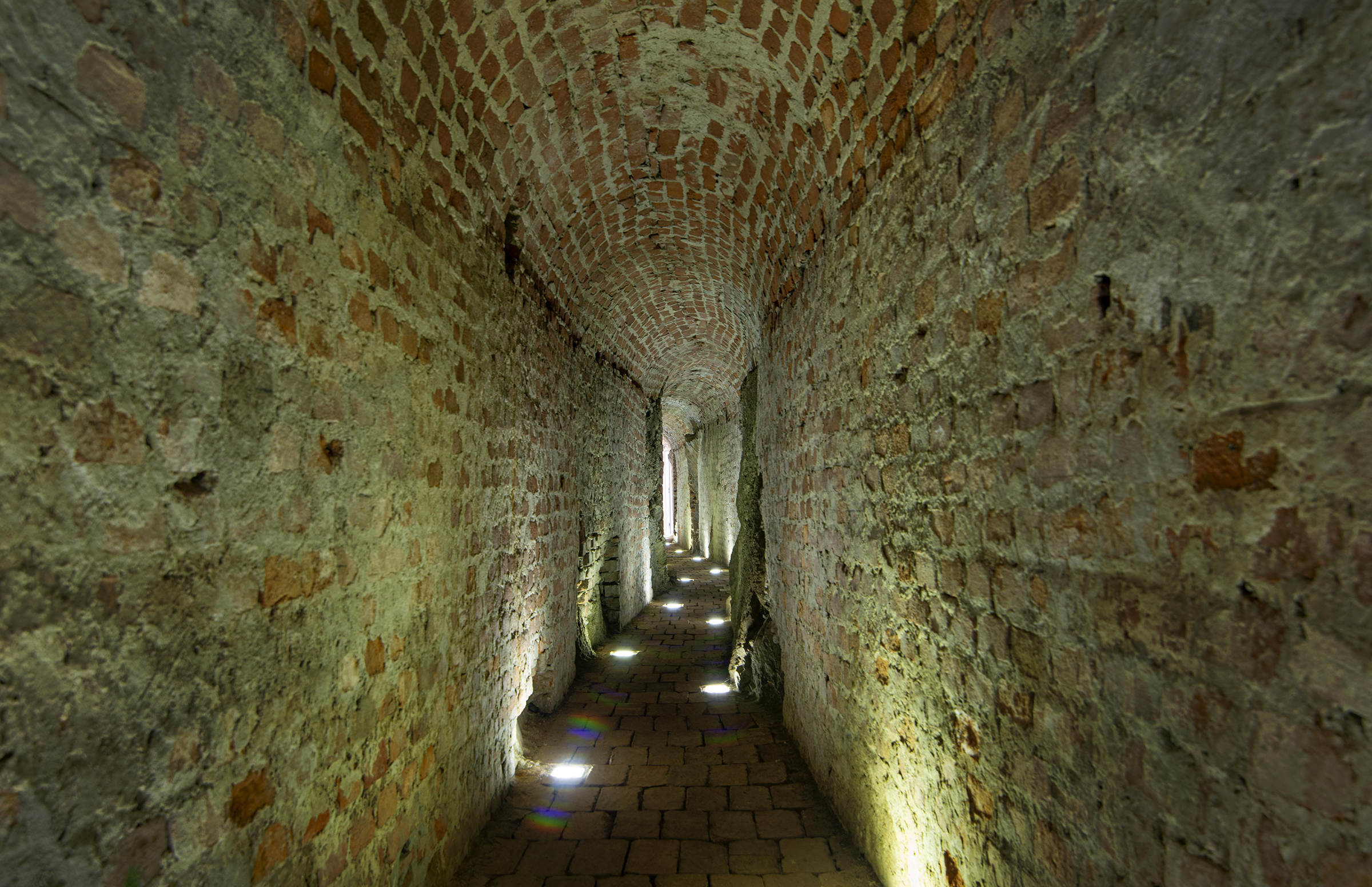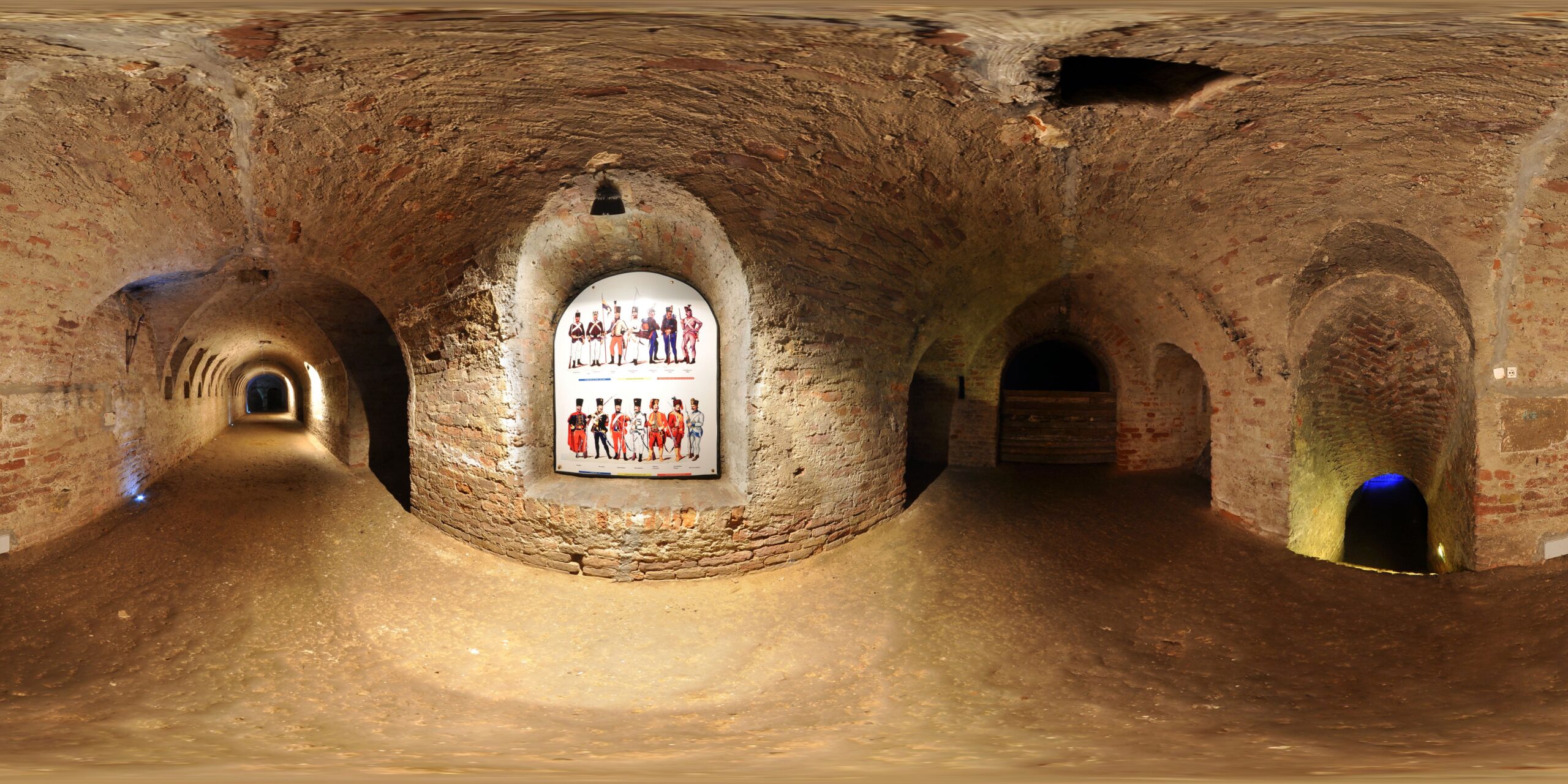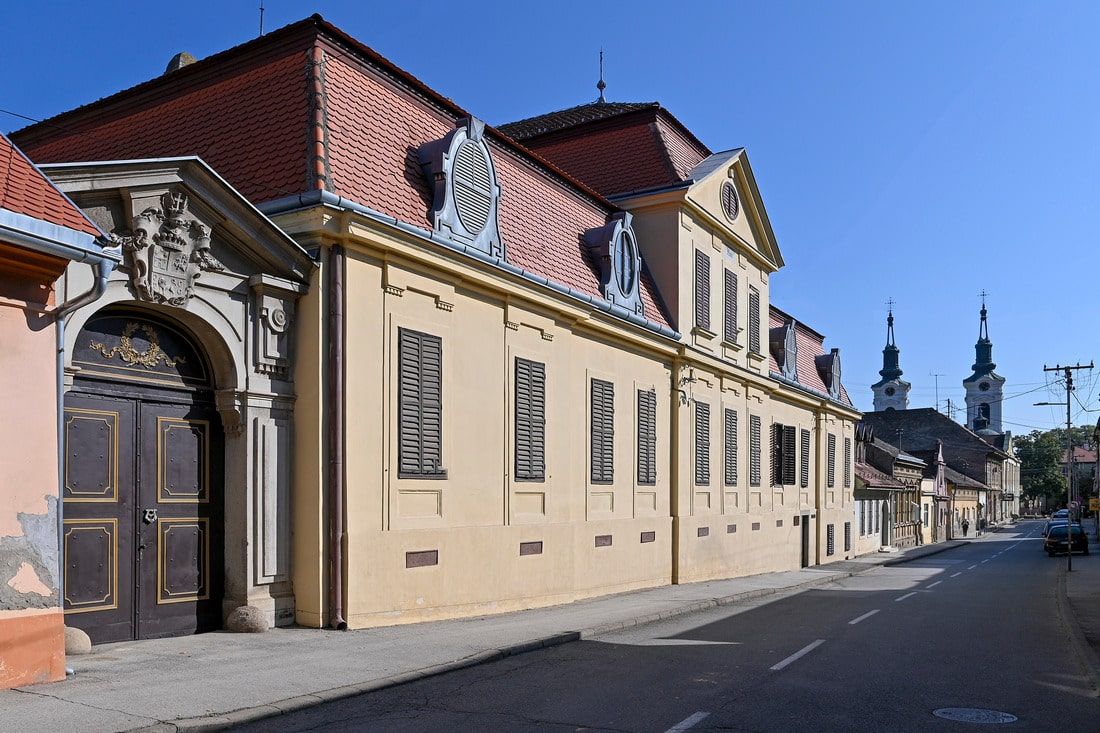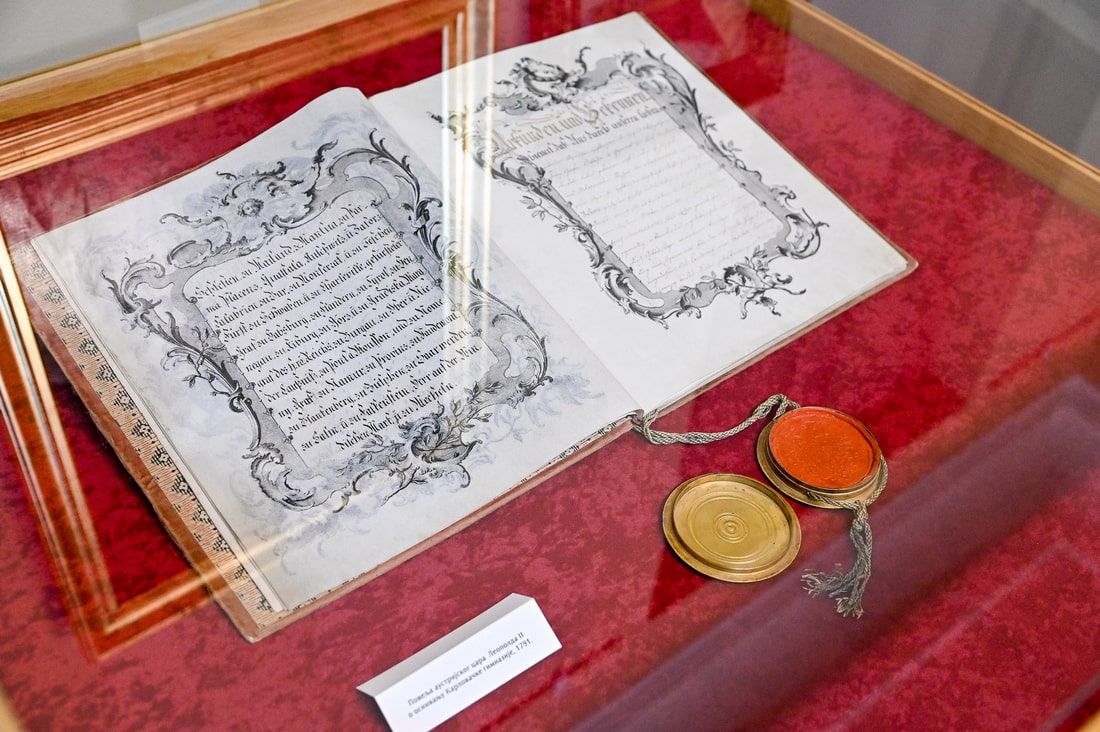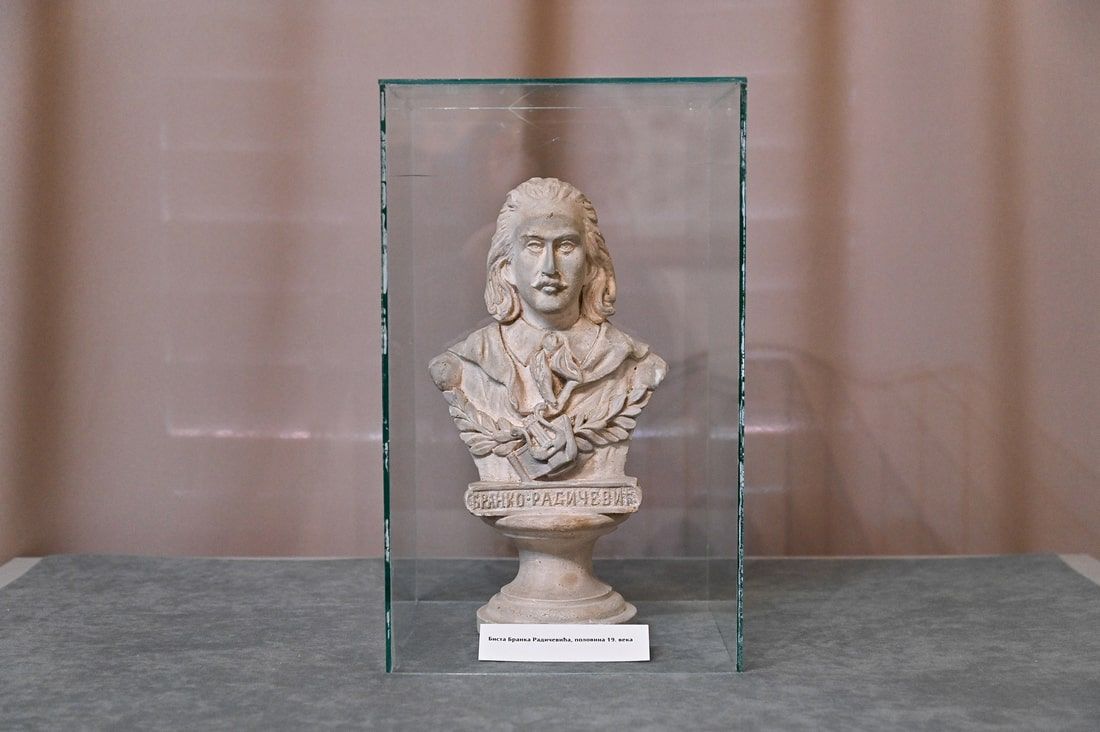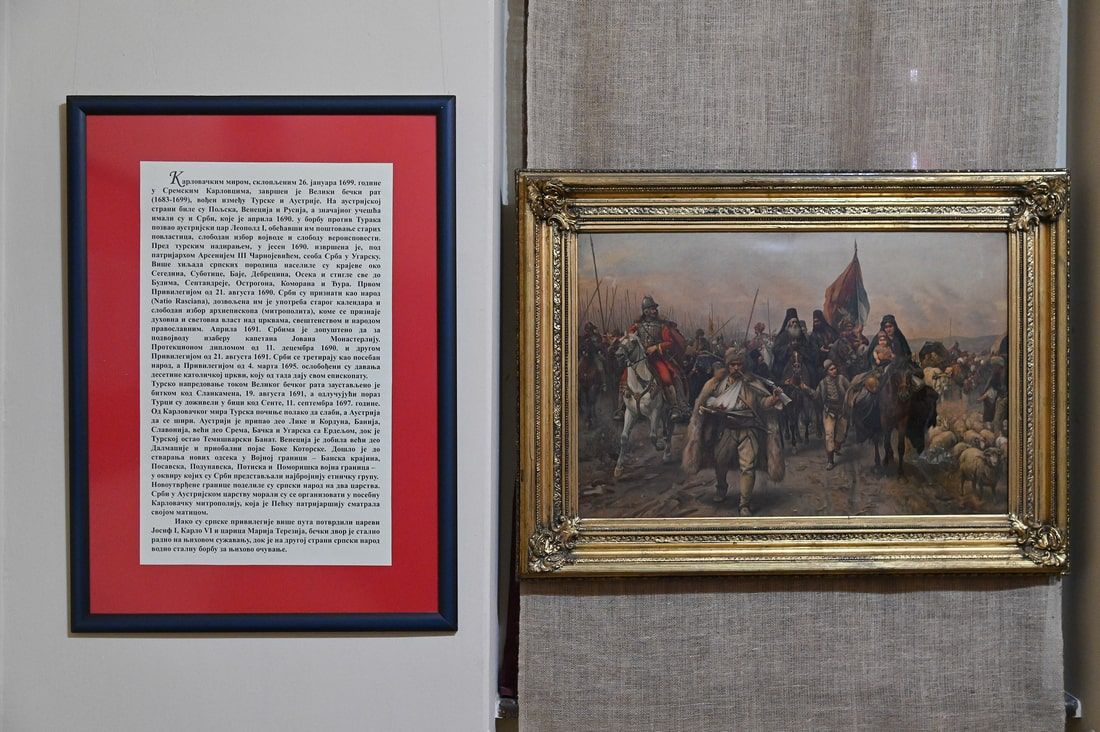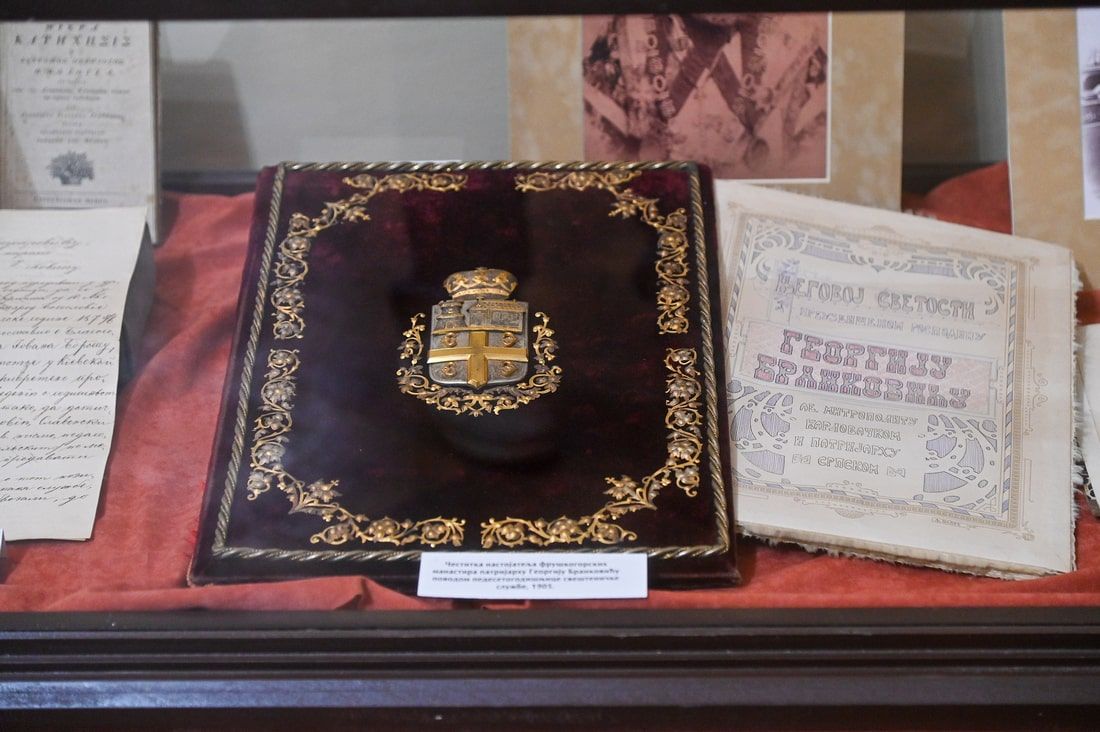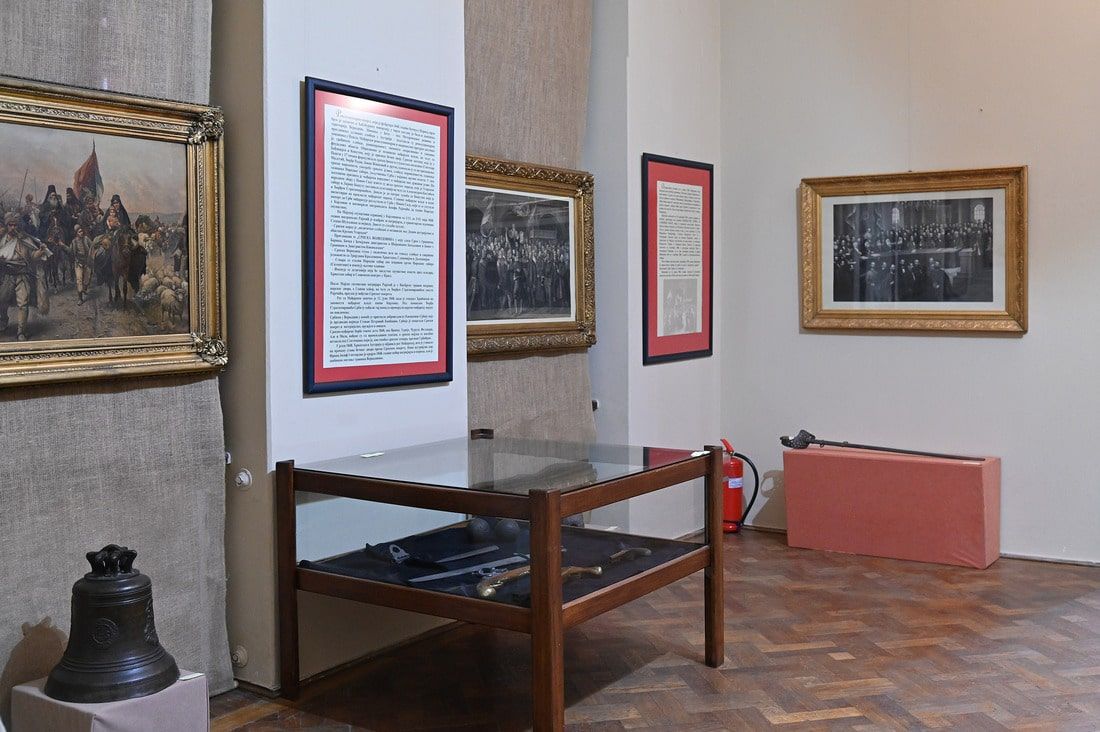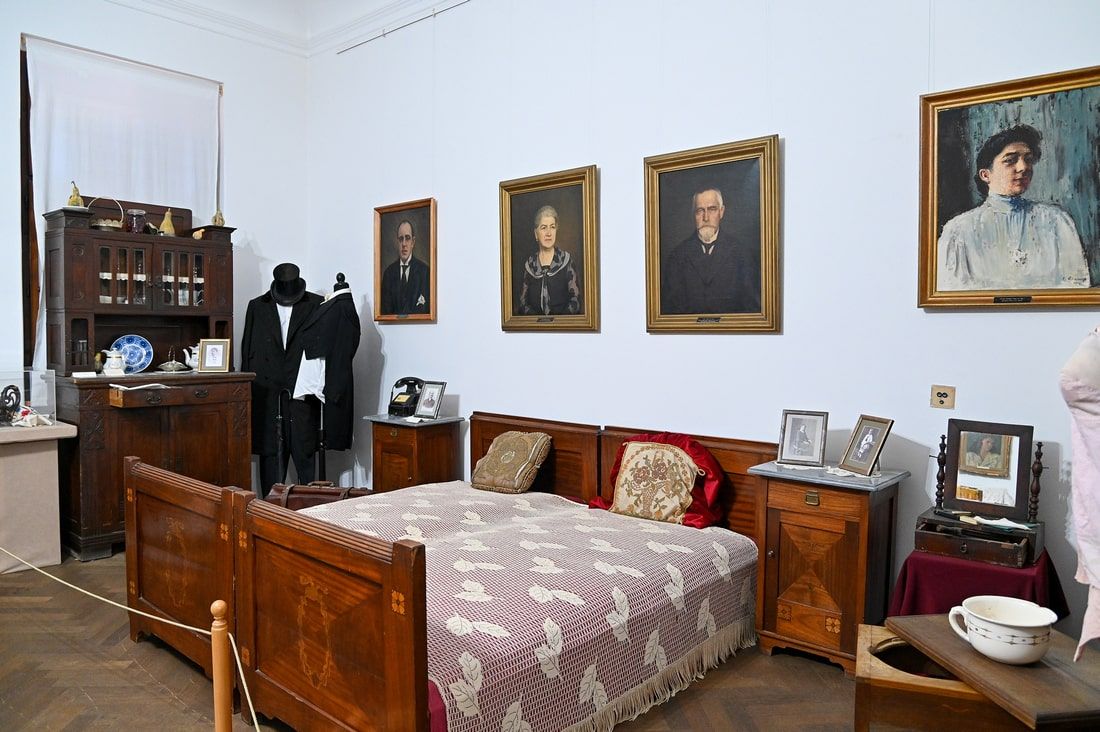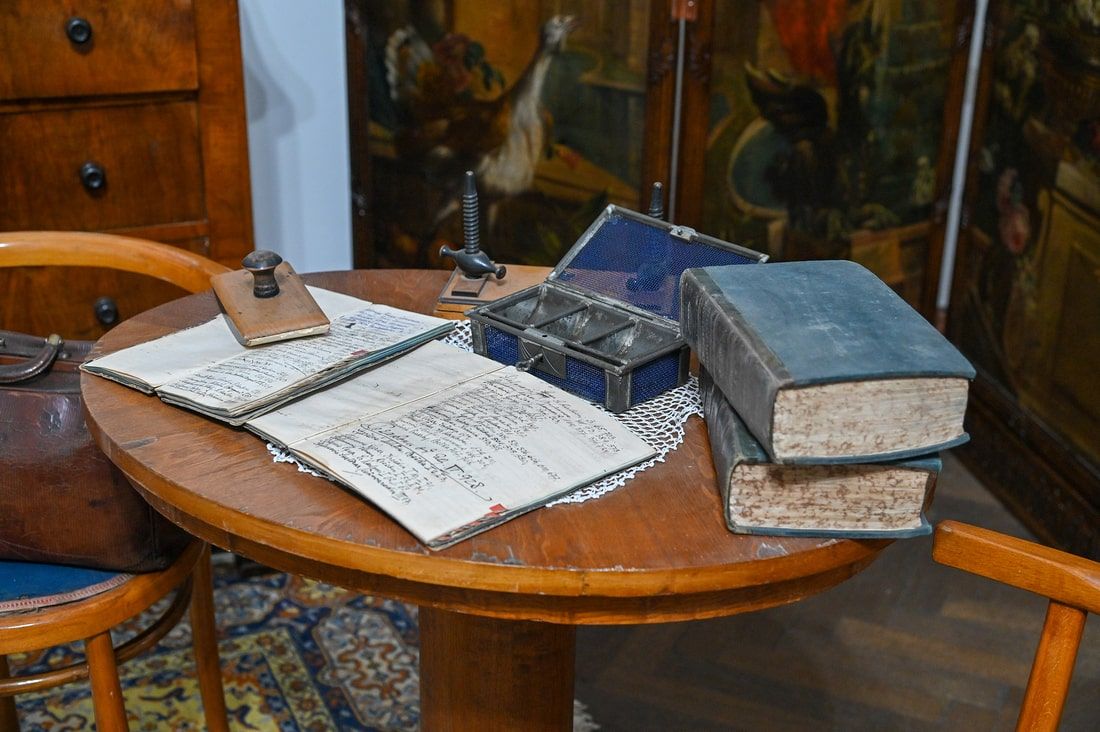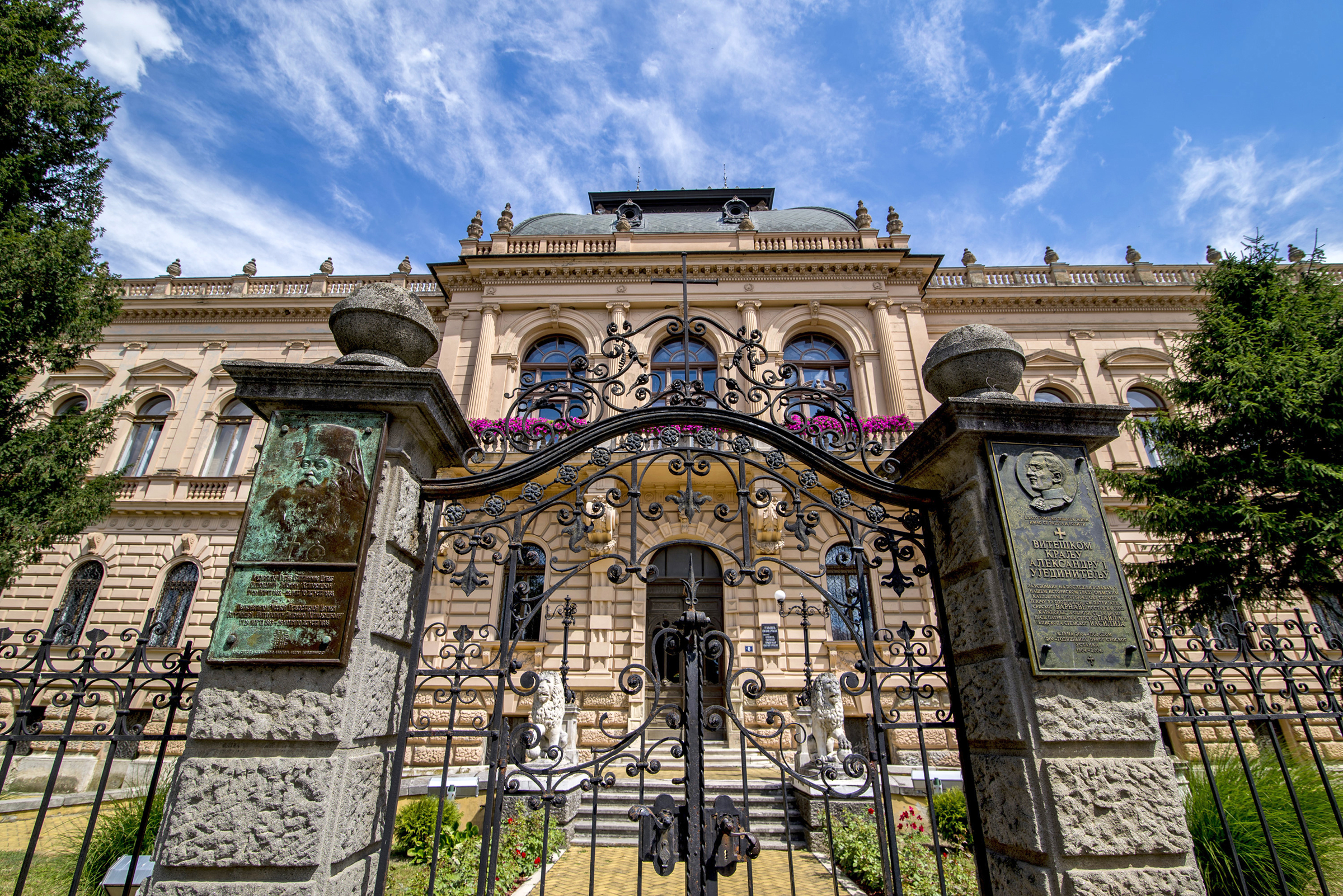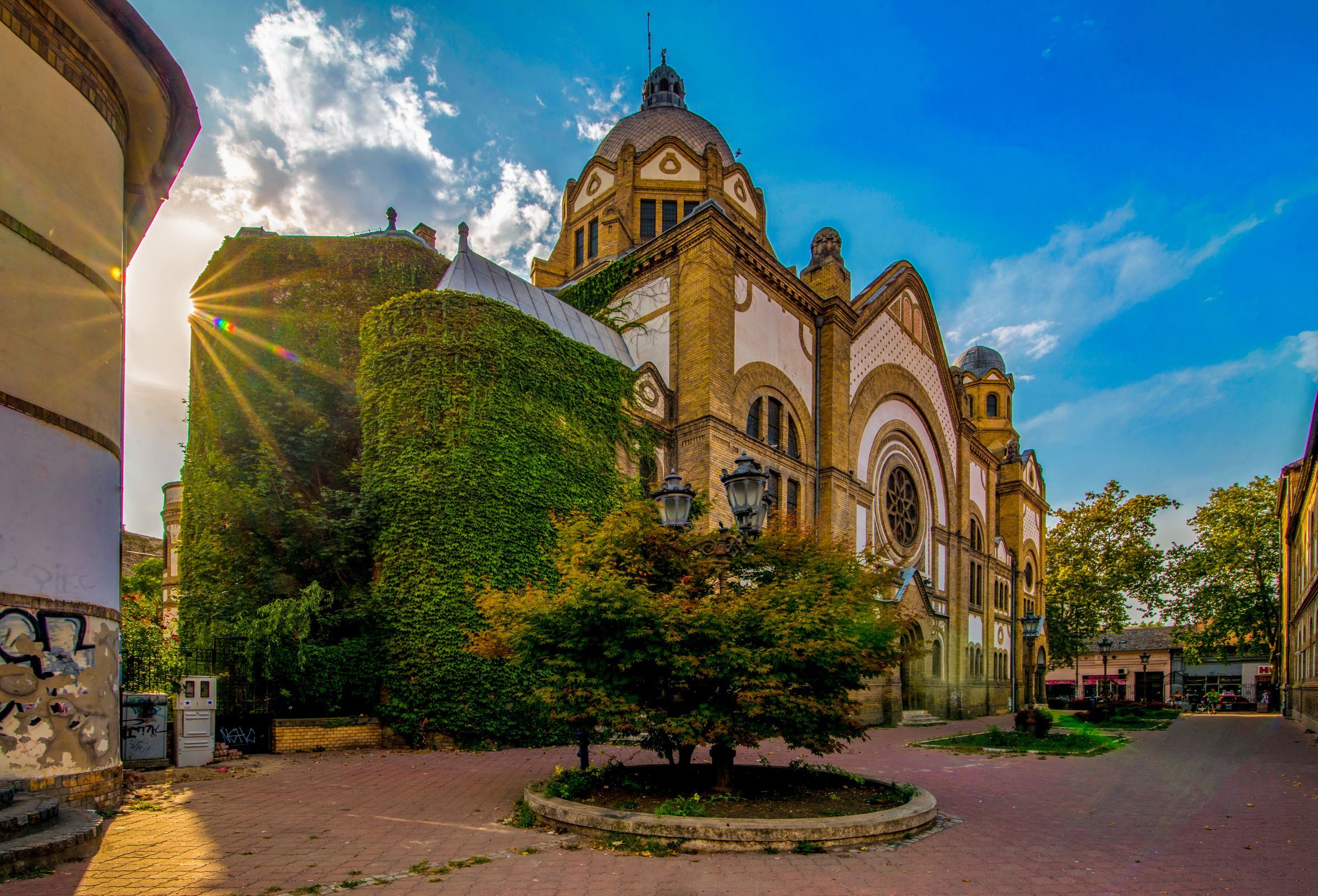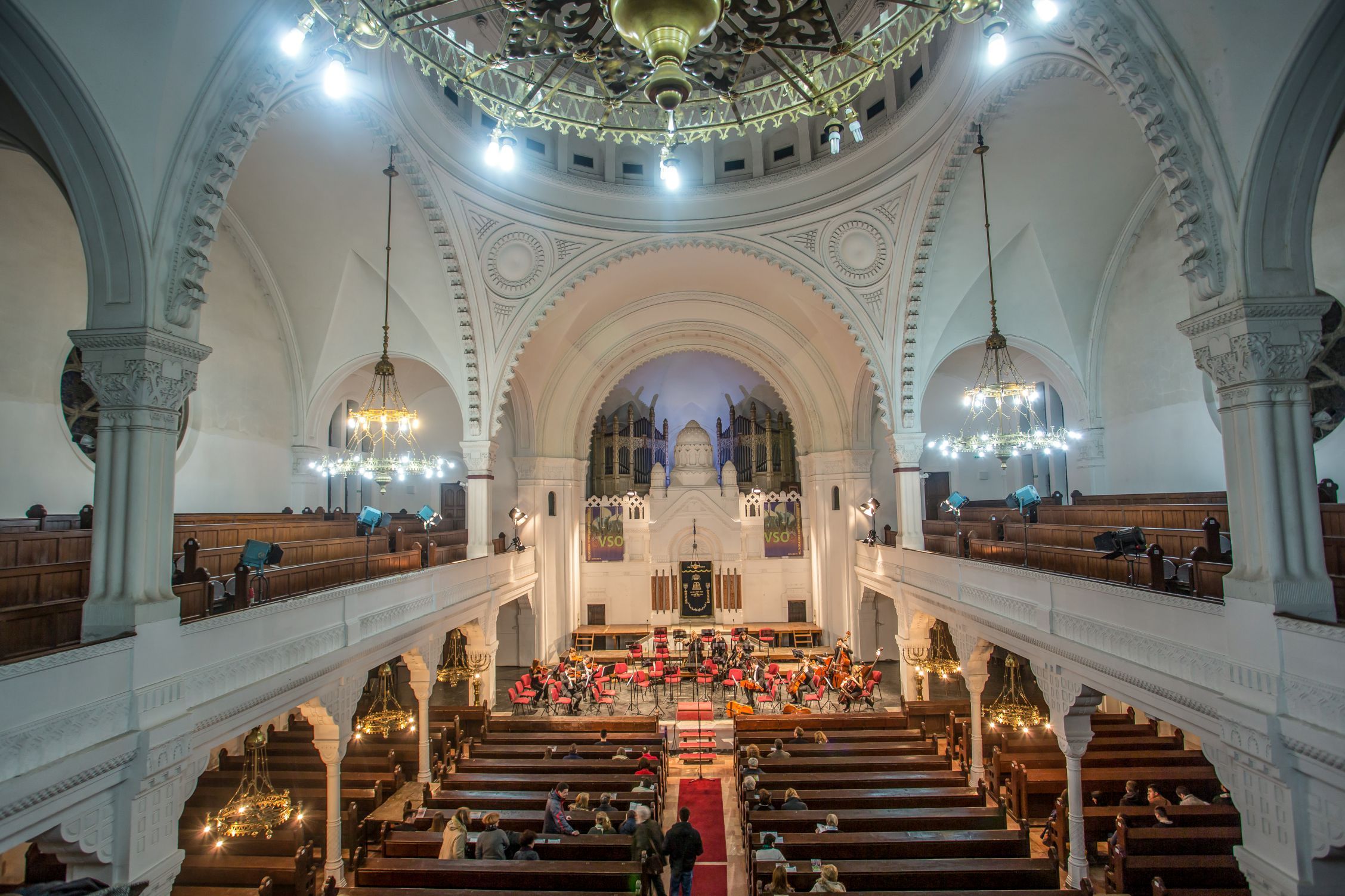52 Weekends - February
Festivities and programs for the Day of the City of Novi Sad
In the Novi Sad historical saga, one of the days to remember, which is solemnly and cheerfully celebrated, is the Day of the City of Novi Sad. It is the memory of the day when, on February 1, 1748, Empress Maria Theresa signed the Charter by which Petrovaradinski Šanac acquired the privileges of a free royal city and a new name, which was given by her at the time – Neoplanta. The name was also given in German and Hungarian: Neusatz, Újvidék, and the Serbs, already the vast majority of its inhabitants, translated it as Novi Sad.
The event known as elibertacija had elements of a sales contract, because the former military and maritime settlement was changed into a free royal city for 80,000 Rhenish guldens. The privileges meant that the free royal city had the status of a nobleman (coat of arms, flag, territory, income and taxes), and the benefit of this extended to all full-fledged citizens. On the coat of arms, which is determined by the Free Royal City Charter, there are three silver towers on a blue shield with the Danube below them, and above the middle most is the Noah’s dove with a twig, which in heraldic interpretation signifies a time of peace and permanence.
Every February 1, Novi Sad celebrates the Day of the City with a series of events, the most important of which is the Ceremonial Academy, where deserving citizens are awarded the prestigious February Award. On this occasion, delegations of Novi Sad’s twin cities are also present and can enjoy a number of programs organized for them as well as for all the citizens and visitors of Novi Sad. The Tourist Organization of the City of Novi Sad with the Association of Tourist Guides of Novi Sad traditionally organizes sightseeing of the city center, Petrovaradin Fortress and surrounding attractions, and the numerous accompanying programs of various cultural institutions.
Text: Gordana Stojaković
February days of wine and love
Love and wine are the most beautiful faces of the month of February. They meet and on the same day to celebrate St. Tryphon and St. Valentine.
Protector of winegrowers and vineyards, according to the Orthodox calendar, St. Tryphon is celebrated en masse on February 14 in Fruška Gora villages. According to the folk customs of that day, winegrowers gather in front of village churches carrying bottles of red wine. Following the liturgy and the consecration of slavski kolač, a special cake decorated with grape motifs, winegrowers visit the vineyards where they water the vines with wine with the belief that the fruit will be healthy and abundant.
Srem Catholics celebrate St. Vincent, the patron saint of winegrowers, winemakers and wine producers. Both begin their slava or holiday with prayers for the blessed fruit of grapes and wine, and end with a folk celebration, with song, dance and the obligatory Srem gastronomic magic. Wine festivities are easily transferred from vineyards to urban areas, because even in Novi Sad, young wine is poured in many city restaurants and wine cellars, and in nearby Irig it turns into the event Days of Young Portugieser.
St. Valentine’s Day, which is also celebrated on February 14, has become a planetarily accepted day of romantic love or Valentine’s Day, a secular holiday when a variety of gifts are inevitably given, or other forms of attention that should represent emotional affection to a loved one. During the days preceding this holiday, the city feels a festive bustle that most often affects shops, as well as those spaces in the city that are transformed into sales squares and streets if necessary. City restaurants, gardens and wineries on the outskirts of Novi Sad become vibrant places where love and life are celebrated alongside wine.
We recommend that you organize a tasting or wine education in one of the wineries of the Novi Sad Wine Road (https://novisad.travel/vinski-put-1/) or that you treat each other with a local gift from one of our souvenir shops (https://novisad.travel/suveniri-i-lokalni-proizvodi/).
Text: Gordana Stojaković
Museum of the City of Novi Sad
The central building of the Museum of the City of Novi Sad is located in an exclusive place – the Petrovaradin Fortress. Its settings equally present the origin and development of the Fortress, as well as the centuries-old way of life and work of the inhabitants gathered over the ages in the various settlements that surrounded the Fortress. Today, it is the unified space of the City of Novi Sad.
Visitors can choose to visit the exhibition on the ground floor, which tells about the history of the Petrovaradin Fortress, the Great War Well from the 18th century, an exhibition on the civic life of the inhabitants of Novi Sad from the 18th to the 20th century, as well as one kilometer of underground military galleries, a system of defense corridors that fascinate every visitor.
It is recommended that you do not miss the particularly attractive exhibition about Mileva Maric Einstein, depicting, in a modern, creative way, the life and fate of our great scientist, the first wife of Albert Einstein.
The Museum of the City of Novi Sad includes: the Collection of Foreign Art (Novi Sad), the Memorial Collection of Jovan Jovanović Zmaj (Sremska Kamenica) and the Homeland Collection of Sremski Karlovci (Sremski Karlovci).
Text: Gordana Stojaković
Palaces and houses of Sremski Karlovci and the Homeland Collection
In the wider area around Branko Radičević Square, there is materialized evidence of the development of Serbian civil society from the 17th to the 20th century. Many will therefore wonder about the history of Karlovac’s private houses of obvious beauty and importance.
One in a series of houses on the main square belonged to the architect Vladimir Nikolic, the builder of many buildings in Sremski Karlovci, throughout Vojvodina, and as far as Budapest and Vukovar. Not far from the main square is the house of Dimitrije Anastasijević Sabov, built in 1790, and today recognizable by its rococo facade with many decorative elements.
Among the high ecclesiastical dignitaries of the Serbian Orthodox Church who lived in Sremski Karlovci, a special place is occupied by the Metropolitan of Karlovac, later the Serbian Patriarch, Josif Rajačić. It is therefore not surprising that the address where he lived is still an important Karlovac place today, in many ways. Ilion Palace, one of the most representative and valuable buildings in Sremski Karlovci, was built as his residence in the first half of the 19th century. Today, it is the address of the Homeland Collection of Sremski Karlovci. The exhibition consists of the collections of Branko Radičević, the Gymnasium and the archaeological heritage of Sremski Karlovci, and the legacy collections of the painter Milić of Mačva and the architect Svetomir Lazić. Visitors can also see the original peasant kitchen from the end of the 19th century and the ceremonial dining room of the Rajačić family. The native collection of Sremski Karlovci belongs to the Museum of the City of Novi Sad, that is, it is one of its auxiliary exhibition spaces. A visit to Sremski Karlovci is an exciting and eventful journey into the past that should be taken again and again.
Text: Gordana Stojaković
Secession in Novi Sad – Lipot Baumhorn
Baumhorn Lipót (1860-1932) was a Budapest architect whose architectural endeavors, dominated by synagogues, are among the most representative architectural, Secession heritage of many Central European cities. Starting in 1880, Baumhorn built 25 synagogues in Austria-Hungary, two of which were in Vojvodina – in Zrenjanin and in Novi Sad.
Today, in the central zone of Novi Sad, there are the following Secession representatives of the architectural art of Lipot Baumhorn: the Synagogue Complex consisting of the buildings of the temple itself, the Jewish School and the Jewish Municipality (1906-1909) in Jevrejska Street, the building of the Savings Bank – today OTP Bank (1904) at Trg Slobode (Liberty Square), Menrat Palace (1908) at Kralja Aleksandra Street and the Palace of Attorney Tomin (1909) at Marije Trandafil Square. The Novi Sad architectural work of Lipot Baumhorn still stands today, while, unfortunately, the synagogue in Zrenjanin was demolished in 1941.
Text: Gordana Stojaković
